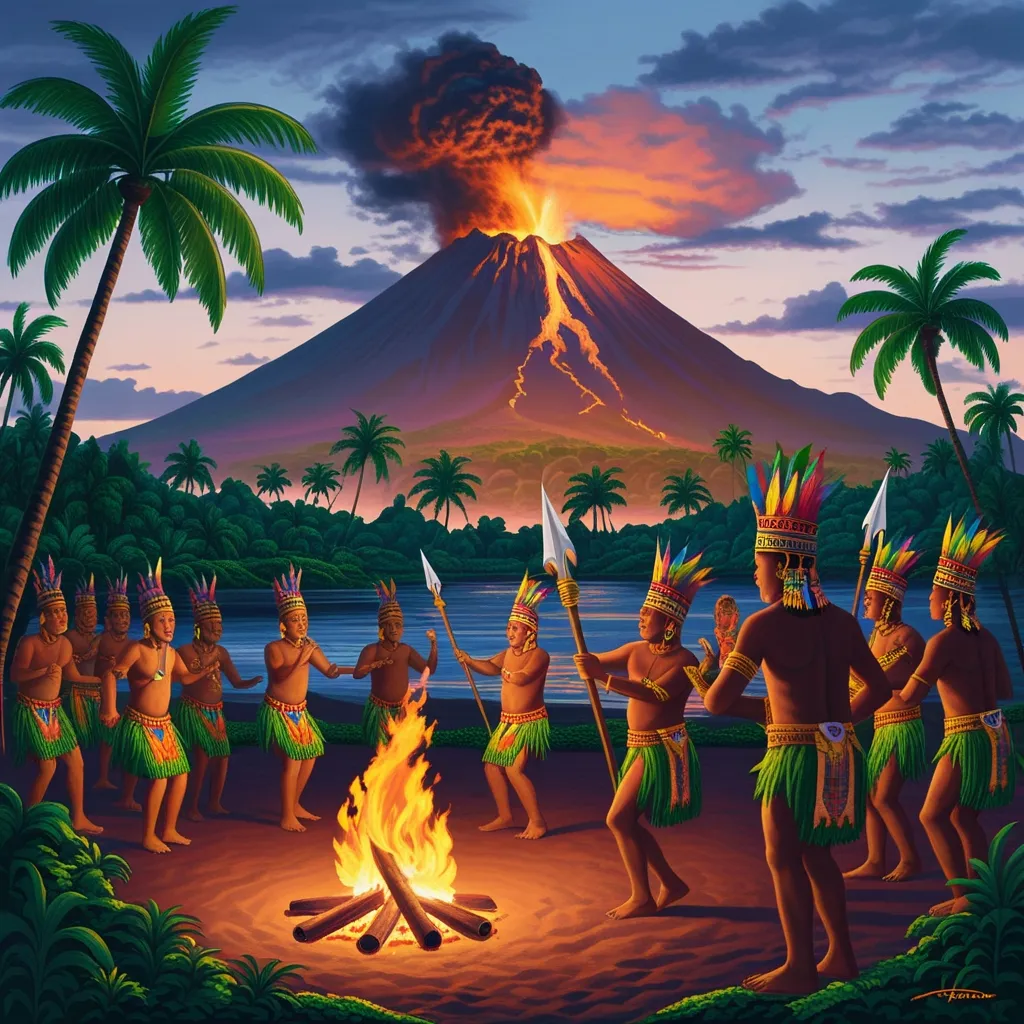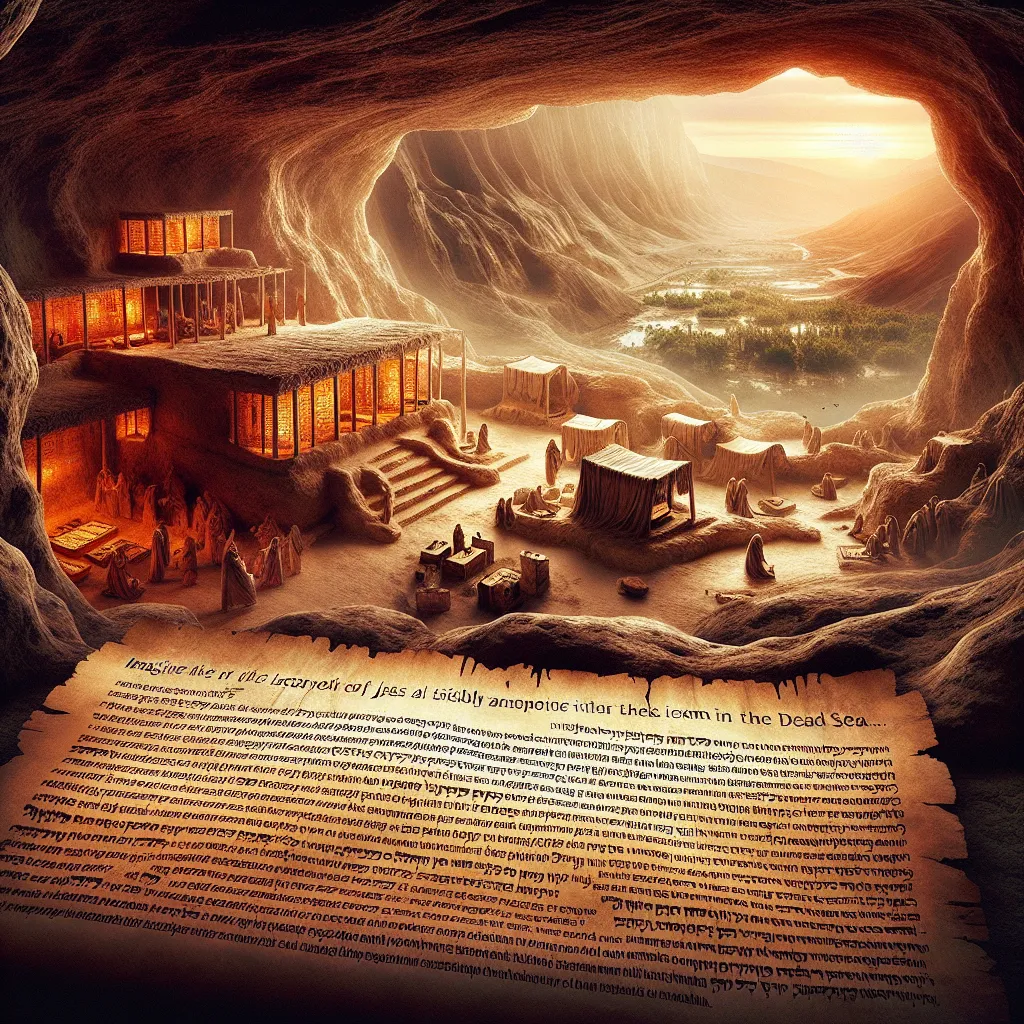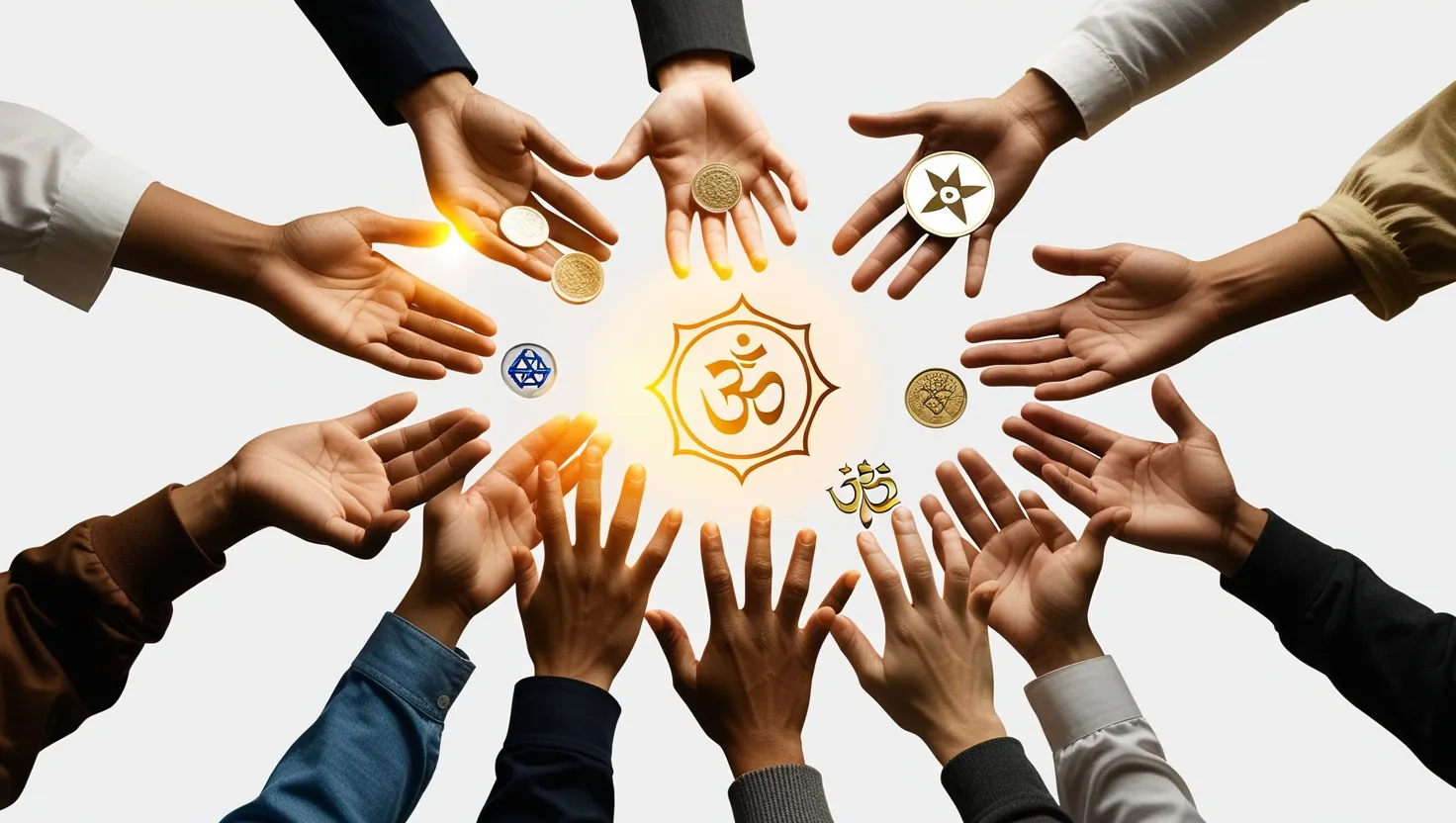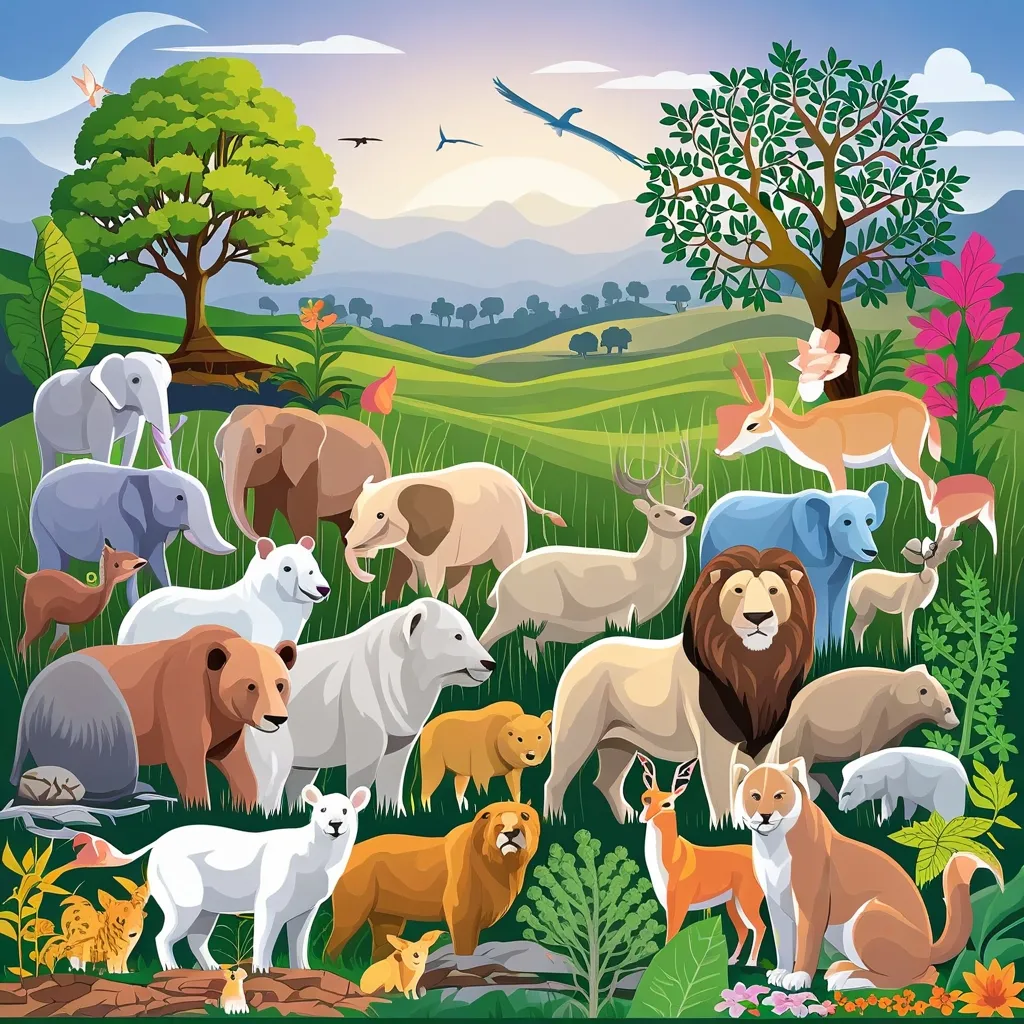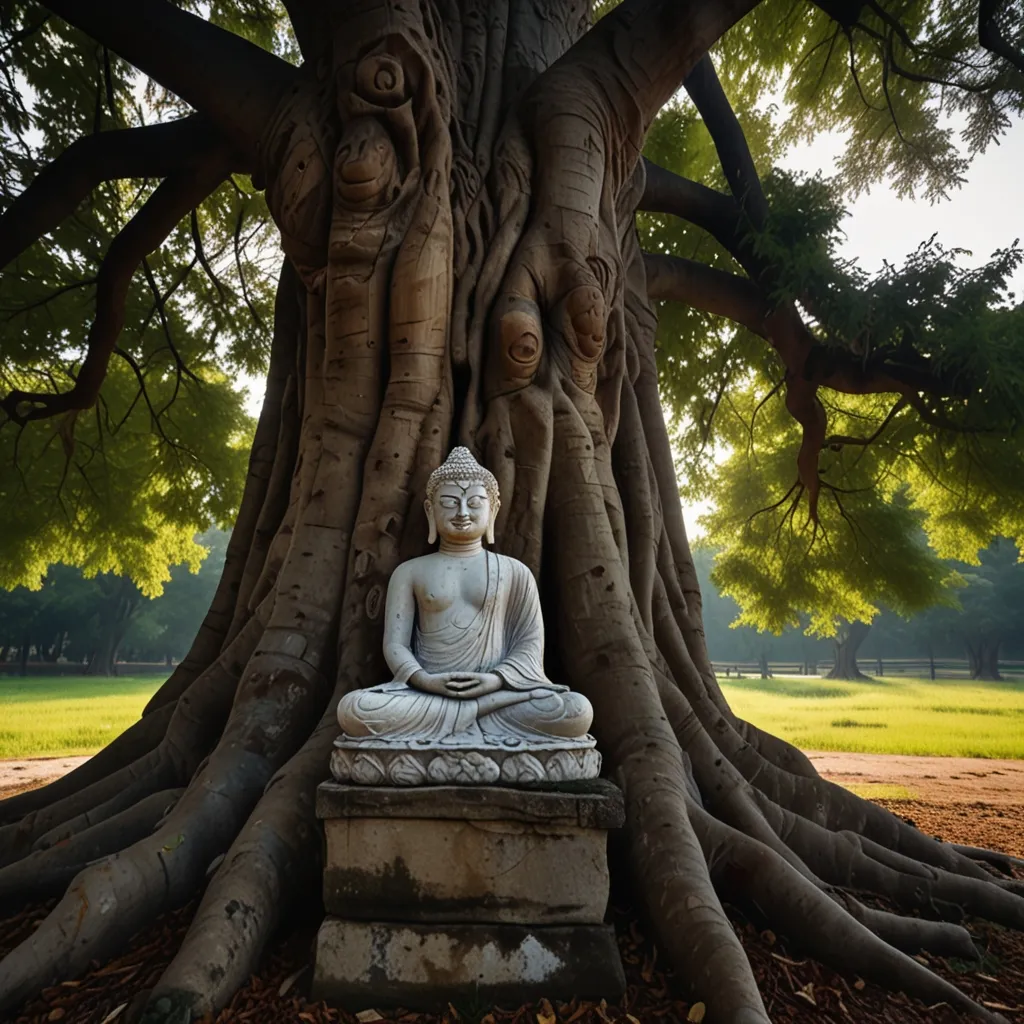On the enchanting, tropical island of Tanna in Vanuatu, an extraordinary and captivating religious movement has been captivating hearts and minds for decades. Dubbed the Prince Philip Movement, this unique belief system reveres Prince Philip, the Duke of Edinburgh, as a divine entity. To truly grasp the essence of this phenomenon, one must delve into the island’s historic backdrop, the cultural tapestry of its people, and the deeply held beliefs that fuel this devotion.
The story of Prince Philip’s divine stature on Tanna unfolds against the backdrop of the island’s brush with colonial influences. In the mid-20th century, particularly during the 1950s and 1960s, the island’s villagers found themselves unexpectedly intertwined with tales and images of the British royal family, prominently featuring Prince Philip and Queen Elizabeth II. These encounters often took place at British colonial outposts dotting the island. With a rich oral tradition and a treasure trove of prophecies, the villagers began to view Prince Philip as the prophesied figure destined to fulfill ancient legends.
Steeped in local lore was a prophecy centered on a mighty spirit named Kalbaben, said to dwell within the fiery heart of Mount Yasur, Tanna’s active volcano. This spirit fathered several sons, one of whom, legend said, would leave the island, find an influential bride overseas, and one day return to bestow eternal life and prosperity. For the islanders, Prince Philip seemed to fit this prophecy perfectly. His marriage to Queen Elizabeth II, seen as the formidable woman of the prophecy, solidified their conviction.
A defining chapter in this remarkable saga was penned in 1974 when Prince Philip and Queen Elizabeth set foot on the then New Hebrides, today known as Vanuatu. This visit marked a momentous occasion for the islanders. Prince Philip’s participation in local rituals, including the ceremonial drinking of kava—a plant-based concoction with psychoactive attributes revered both medicinally and religiously—was viewed as an affirmation of his divine identity. There, amidst age-old customs and rites, the duke seemed to manifest the sacred.
Following his departure, the villagers’ bond with Prince Philip continued to flourish through an exchange of letters and cherished photographs. These images, often depicting the prince with a traditional spear in hand, became symbols of the enduring relationship. In reciprocation, the islanders sent traditional gifts across the ocean. This exchange not only solidified his status as a divine figure but also bridged the worlds of Tanna and distant lands.
The Prince Philip Movement transcends mere religious devotion; it’s an intricate tapestry of culture and politics. To the islanders, it stands as a symbol of reclaiming colonial power, aligning themselves with a figure of global influence. Moreover, the movement embodies a yearning for harmony and peace, seen as central to the prince’s mission of spreading these values worldwide.
To this day, the villages of Yakel and Yaohnanen on Tanna fervently practice rites in Prince Philip’s honor. Traditional dances, colorful processions, and displays of memorabilia keep his memory alive. When Prince Philip passed away in 2021, the islanders mourned profoundly. They gathered in significant numbers, imbibed kava, delivered heartfelt speeches, and deliberated on his legacy. Eyes turned to Prince Charles, pondering his potential to carry forward his predecessor’s divine mission.
Even after Prince Philip’s passing, the movement holds steadfast influence. Conversations are underway about morphing the Prince Philip Movement into a political entity, embedding these core beliefs within the island’s governing framework. This decision underscores the prince’s lasting impact on Tanna’s sociopolitical landscape and cultural identity.
Critics from abroad have often scrutinized Prince Philip for cultural insensitivity; however, on Tanna, he is esteemed as culturally attuned and supportive. French commentators, who maintained their colonial influence in the region alongside the British, accused the latter of cultivating the cult to maintain dominance. Yet, such allegations have barely dented the islanders’ fervent belief.
The Prince Philip Movement stands as a distinct window into how cultural and religious ideologies can weave together with history. It shines a light on the convoluted dynamics of colonial narratives and how indigenous societies reshape and absorb external influences. In our interconnected global village, this tale of a royal’s unexpected deification serves as a poignant reminder of the myriad ways humans derive meaning and connection.
In Tanna’s lush jungles, where modernity tiptoes and traditional attire resonates with history, the islanders navigate a world both tangibly and spiritually distant from the fast-paced beats of modern society. Here, their bond with Prince Philip and the British monarchy transcends history—it’s about a belief in unity, peace, and the unfolding of an ancient prophecy.
Beyond intrigue, the Prince Philip Movement is a vibrant facet of Tanna’s cultural identity. As the islanders gaze toward the future, they do so guided by faith that their celestial prince will continue to illuminate their path. This belief speaks to the enduring might of faith and the innate human quest for meaning within the world’s tapestry.
